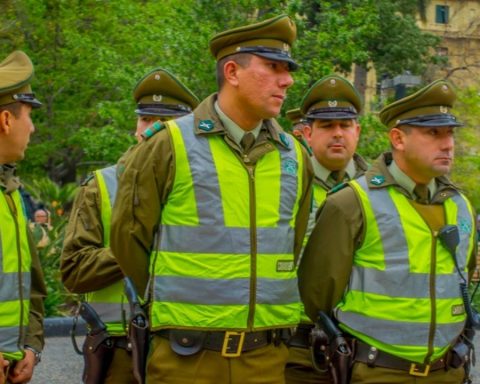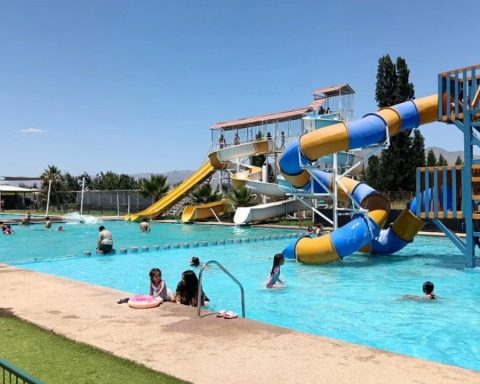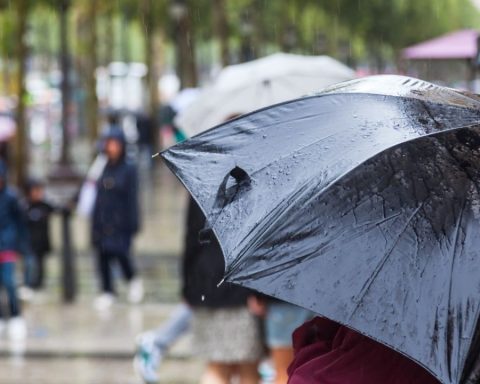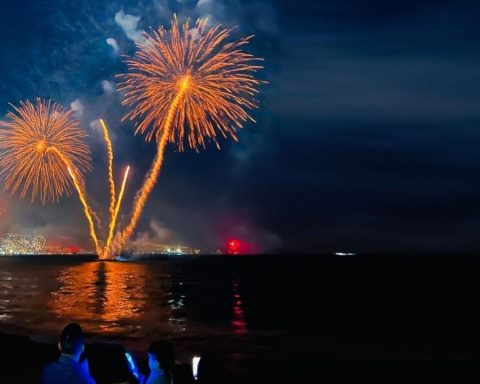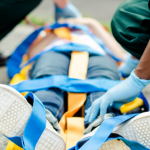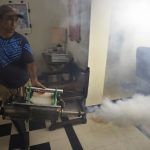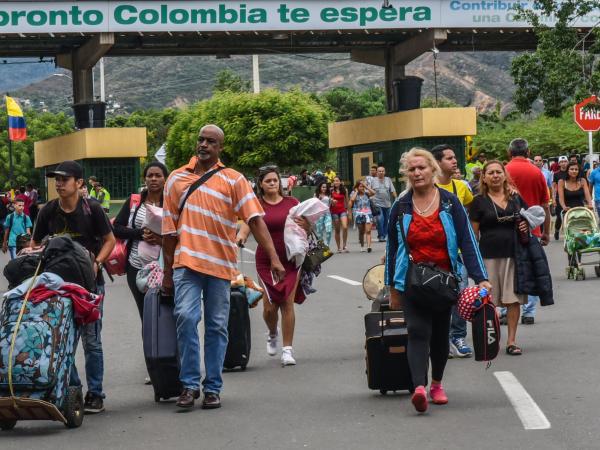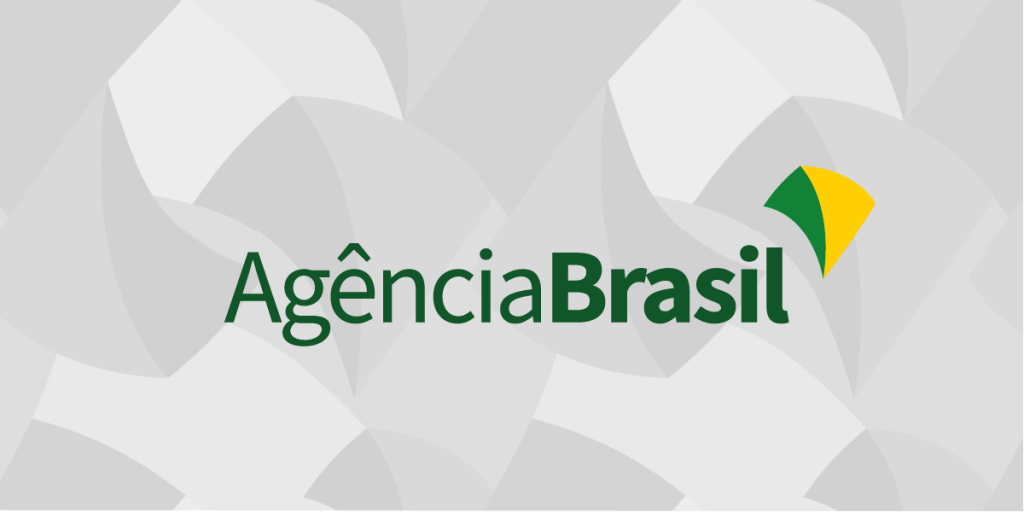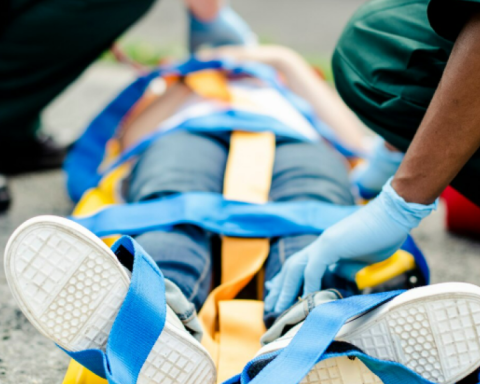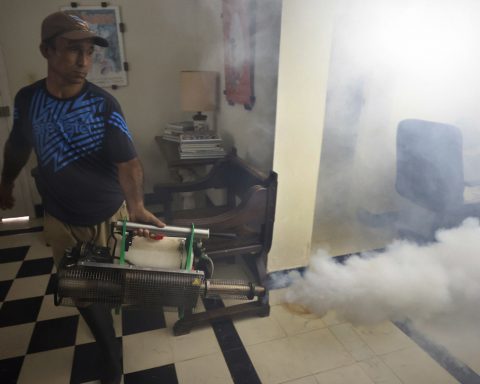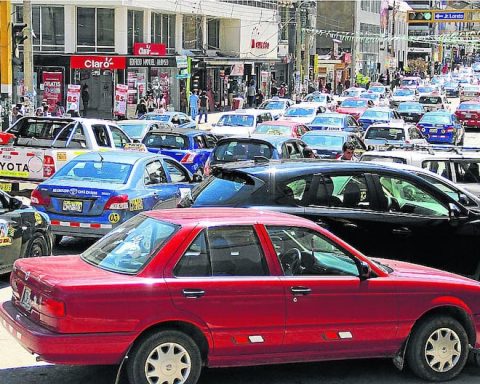“By instruction of the President of the Republic, we concurred to submit proposals to improve the safety of forestry workers, contractors, and carriers in the southern macrozone.” This is how the document that the Government of President Gabriel Boric delivered to one of the groups that has summoned the Executive to combat violence in the area through various demonstrations and roadblocks begins.
The document, to which he had access The counter, has the signature of the Undersecretary of the Interior, Manuel Monsalve, and contains 6 main points, all focused on increasing the police force and resources to combat acts of violence. The document was delivered on May 4 to the Association of Forest Contractors (Acorofag), who are currently analyzing the proposal.
In fact, the first point is precisely the police increase in the area. “19 armored teams have been transferred to Carabineros which, added to mobiles present in the territory, will allow the control points on routes in the province of Arauco to be increased from seven to 12 from May 2, as well as 17 points in the region. of La Araucanía”, they affirmed, adding, regarding the controls, “that they will be notorious and visible to improve security conditions”.
The second point of the proposal is an investment in new equipment for security in the Biobío and La Araucanía regions for an amount of $5,500 million. On this subject, Undersecretary Monsalve “will sign a resolution that will allow the direct purchase of equipment”, among which “34 armored vans, for the Biobío and La Araucanía regions” stand out, as well as “state-of-the-art drones with a range of up to 150 kilometers”.
Two of the major sources of violence are Route 5 South and Route 160, which are also part of the proposals. Specifically, the Undersecretary of Public Works, José Herrera, “will promote a modification to the contracts with the concessionaires of both Route 5 and Route 160, in order to impose better security conditions, which involve the installation of security cameras. thermal surveillance, patent reading gates, double lighting and safe rest areas”. Specifically, there will be 60 surveillance cameras, 24 of them thermal; 53 license plate reading gates and double lighting at 31 points along the route.
Along these lines, a complementary public insurance will be implemented. “The government undertakes within 30 days to deliver a technical proposal that allows for complementary public insurance to significantly reduce the payment of deductibles,” they indicate.
For affected workers, a repair plan will be created. “The government is committed to establishing a set of benefits to help workers affected by acts of rural violence”, with measures such as “immediate psychological, social and legal care” and a “grace pension for life in case of death of the worker”, delivered by the Undersecretary of the Interior.
Finally, they assure that the government will respond to the legislative measures that allow for greater security on routes and highways in justified cases.




